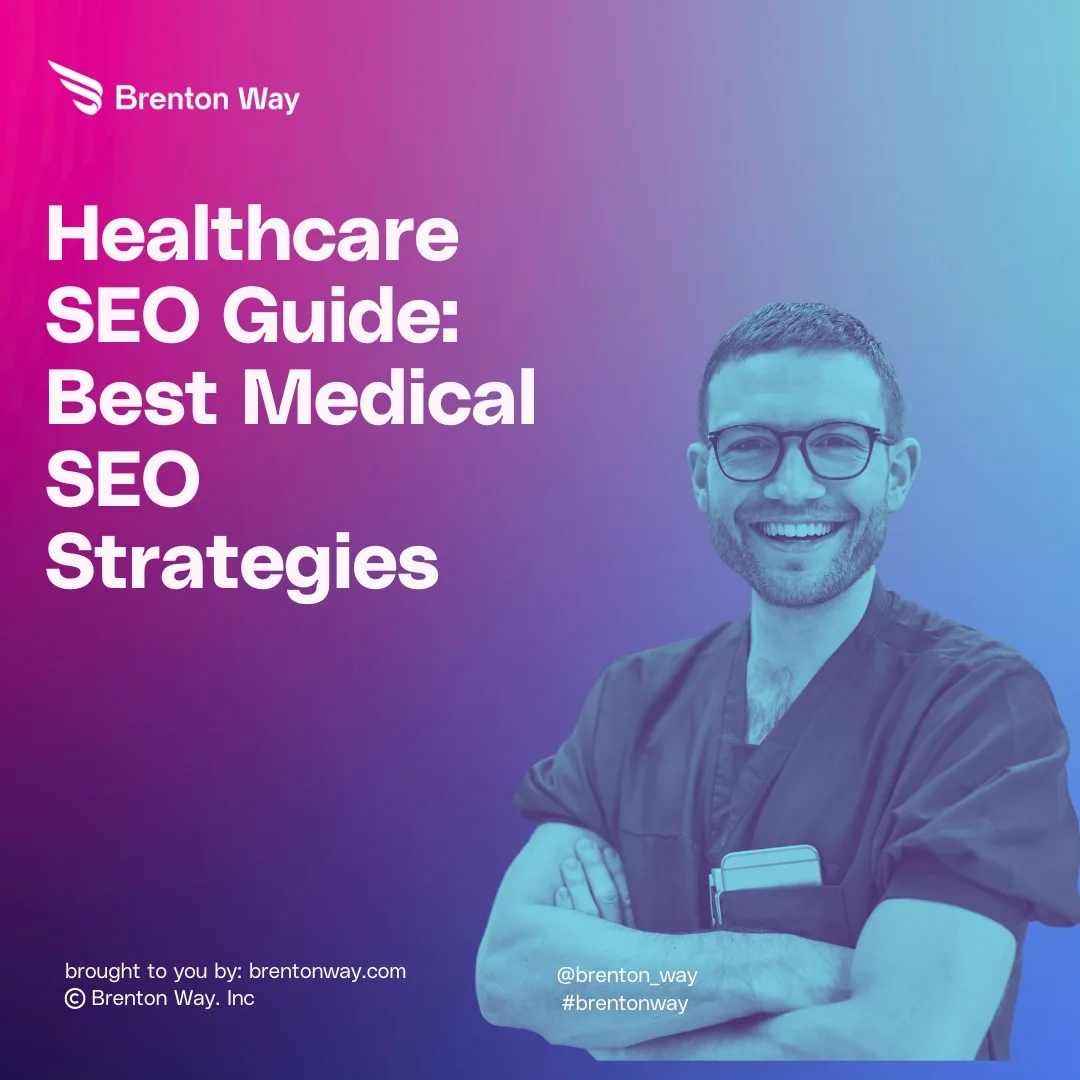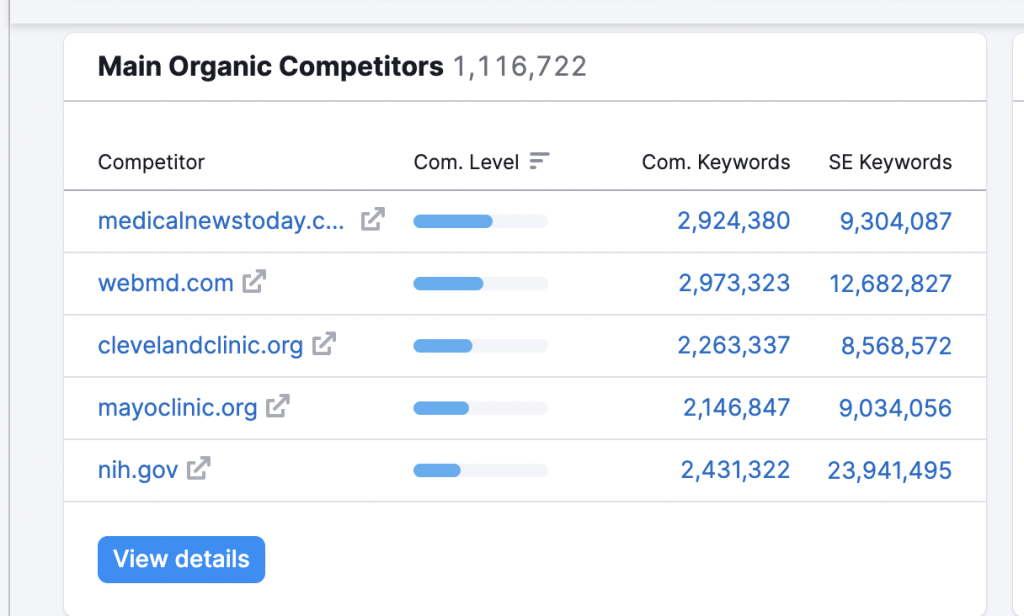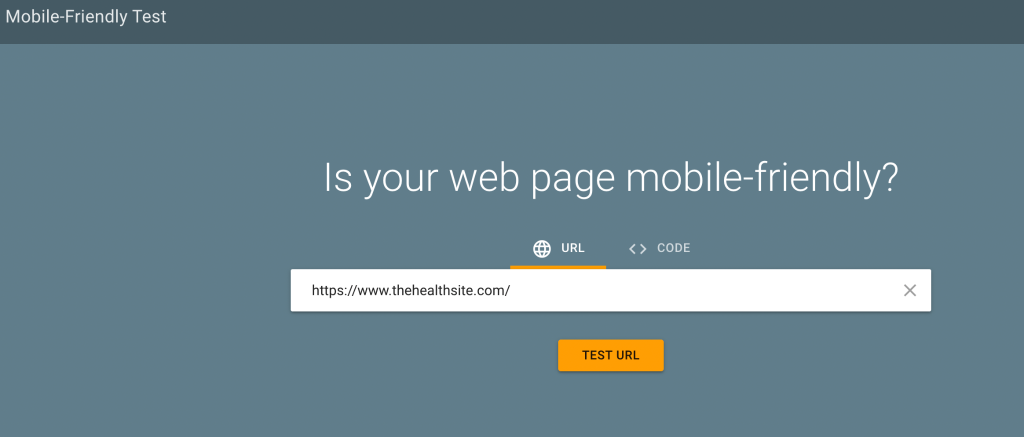
Nowadays, most individuals turn to the Internet for medical information and services. If you are a healthcare provider, it is important to leverage the power of healthcare SEO to boost your brand visibility on search engines. If you are a beginner to healthcare SEO, it is essential to equip yourself with the required search engine […]

Nowadays, most individuals turn to the Internet for medical information and services. If you are a healthcare provider, it is important to leverage the power of healthcare SEO to boost your brand visibility on search engines.
If you are a beginner to healthcare SEO, it is essential to equip yourself with the required search engine optimization knowledge so that you don’t miss out or overdo any strategy that can positively or negatively impact your business’s SERP visibility.
In this article, I have listed down the ten best medical SEO strategies for healthcare professionals who are looking to attract more patients.
Let’s begin!
Healthcare SEO is the process of ranking your medical website higher on search engines, thereby improving its digital visibility and organic traffic.
It involves finding and targeting the right medical terms that patients, healthcare professionals, and general audience use on search engines when looking for products and services related to your medical business.
The practices involved in this medical SEO process include improving your web page elements with on-page SEO, creating strong backlinks with off-page SEO, building a strong local presence with local SEO, and enhancing the site crawlability with technical SEO.
Also See:
Here are the best medical search engine optimization tactics for your healthcare brand:
When looking to improve your organic search rankings, the first step is to conduct thorough medical keyword research, as it is the connecting point between your audiences and your healthcare brand on search engines.
Considering long-tail keywords over short-tail phrases informs you about the search intent of the users rather than just catering to what they are looking for. You should begin with creating a list of all the medically relevant keywords either manually or using keyword research tools like WordStream, SEMrush, or Ahrefs.
Keeping a close eye on your medical competitors plays an important part in optimizing your website. It helps you uncover the opportunities and tactics which your competitors’ are opting to rank higher on search engines.
Hence, it is essential to perform a thorough competitor gap analysis to find the missing parts in your SEO.
Here is how you can do it using the online SEO tool SEMrush:



Further, using the same process, you can audit your competitor’s content, strengths, web pages, and URL structure to combine their strategies with yours in order to score a high position on search engines.
Also See:
Delivering high-quality medical content in the form of blog posts, infographics, podcasts, ebooks, case studies, whitepapers, and guides to the target audience is one of the strongest methods to prove your relevance for the users as well as for the search engines.
Not just this, an effective healthcare content marketing strategy can help your website score a strong authority in the medical niche while acquiring quality backlinks to improve the overall SEO score.
Additionally, it helps strengthen relationships with notable healthcare professionals, journalists, bloggers, and influencers.
Below is a pictorial representation of which type of content works best for your search engine rankings:

For a strong medical content strategy, ensure that the title tags are engaging and brief to induce curiosity among the target audience. This will make visitors open the whole content resulting in increased time spent by them on your site leading to more opportunities to convert them into valuable leads and customers.
Additionally, keep the content tone matching users’ search intent and provide the audience with actual facts and statistics to ensure there is no discrepancy between your content and actual facts.
Avoid copying ideas and thoughts from your peers and competitors to promise originality to your readers.
All these will contribute to informing crawlers that your healthcare website is relevant and trustworthy enough to be ranked on the first page of search engines.
Landing pages are the web pages that users visit when they perform a certain action on your website. These pages are more prone to drive higher conversion rates and organic traffic.
With so much scope in landing pages to get in more and more patients, it becomes important to create SEO-friendly landing pages with effective design, sales copies, CTA button, and engagement form for your healthcare firm that offers a smooth customer experience.
For example, if you are creating a page related to cosmetic dermatology, try to include keywords, like “cosmetic dermatology treatments,” “skin rejuvenation,” “Botox injections,” “dermal fillers,” etc in your page.
Incorporate the primary keyword into the page title and meta description.
Page Title: Achieve Radiant Skin with Expert Cosmetic Dermatology Treatments
Meta Description: Discover the transformative power of cosmetic dermatology treatments, including Botox injections, dermal fillers, and skin rejuvenation procedures for a radiant and youthful appearance.
Organize the content using headings and subheadings, and include relevant keywords in them.
For example:
Heading: Enhance Your Natural Beauty with Cosmetic Dermatology Treatments
Subheading: Advanced Botox Injections for Wrinkle Reduction
Aim for a comprehensive yet concise landing page with informative content. Around 500-800 words is generally a good target. Include sections such as an introduction, benefits of cosmetic dermatology, specific treatment options, before-and-after images, testimonials, and a strong call-to-action (CTA) to encourage conversions.
Incorporate keywords naturally throughout the content, ensuring it flows smoothly and doesn’t feel forced. Use them in the introduction, subheadings, body paragraphs, and conclusion. However, avoid keyword stuffing, as it can negatively impact user experience and search rankings.
Include relevant images, videos, or infographics to enhance the visual appeal and engagement of the landing page. For instance, showcase before-and-after images of successful cosmetic dermatology treatments.
Incorporate internal links to other relevant pages on your website, such as treatment-specific pages or a contact page. Additionally, consider adding external links to reputable sources that provide additional information or research on cosmetic dermatology.
Conclude the landing page with a compelling CTA, encouraging visitors to take the desired action, such as scheduling a consultation, contacting the clinic, or learning more about specific treatments.
On-page elements are a significant part of the search engine optimization strategy. Ensure that the website is easy to navigate, visually appealing, and mobile-friendly. Optimize page load speed, improve readability, and use intuitive menus and clear calls-to-action.
Showcase patient testimonials and positive reviews on the website to build trust and credibility. Highlight successful orthopedic treatment outcomes and patient satisfaction stories.
Seek opportunities to acquire authoritative backlinks from reputable healthcare websites, orthopedic associations, or local directories. This can be achieved through guest posting, collaborations, or sponsorships.
For example, If you have an orthopedic center and your center serves a specific region, optimize the website for local searches. Include the clinic’s address, contact information, and embed Google Maps on the website.
Here is a list of ON-page SEO elements that you should optimize:
Short URLs are easier to type and remember. Hence, concise and brief URLs increase the chances of ranking better on Google as they contribute towards improving the user experience.
Ensure the URLs you use are easy to understand and include at least one of your primary, secondary, or additional keywords.
Here is an example to demonstrate the value of SEO-friendly URL structure:
SEO-Friendly URL: www.healthylifemed.com/cardiology
Non-SEO Friendly URL: www.healthylifemed.com/page?id=12345
In the SEO-friendly URL example, the page about cardiology has a descriptive and keyword-rich URL that clearly indicates its content. This helps search engines understand the topic of the page and improves its chances of ranking higher in relevant search results. Users also find it easier to remember and share.
Here is another example:
SEO-Friendly URL: www.healthylifemed.com/treatments/cancer
Non-SEO Friendly URL: www.healthylifemed.com/treatments?category=3&condition=cancer
The SEO-friendly URL clearly states that the page provides information about cancer treatments. It is concise, contains relevant keywords, and makes it easier for search engines and users to identify the content. In contrast, the non-SEO friendly URL with parameters and query strings is less user-friendly and less likely to perform well in the organic search results.
Also See:
Low-performing pages can negatively impact your healthcare website’s search rankings. If the loading time of your web page is more than 3 seconds, there are greater chances of high bounce rates.
Hence, it is essential to pay special attention to low-traffic and slow-performing pages when optimizing your website.
There could be various reasons why the traffic is low on some of your web pages, including poor design, large images, slow page speed, low quality, or poor internal linking.
Here are a few tips to optimize your low-performing web pages:
Schema markup is the language of search engines to read and understand the content of your web pages.
It is the code that characterizes and categorizes your web pages on search engines. It plays an important part in make your medical website optimized for your target search keywords.
Before adding a structured data code to your website, segment what kind of schema you want to add to your website. Some of the top schema types are local schema, FAQs, product schema, and breadcrumbs.
For a healthcare website, some specialized schema types are:
About 70% of the internet traffic is derived from mobile devices. Hence, you should leverage this opportunity and make your website mobile-friendly to acquire a higher number of organic traffic from both desktop and mobile.
Before beginning to optimize your website for mobile devices, you should test the current status of your website using the Google Mobile-Friendly Test tool. Here is how you can check it:
Visit the Mobile Friendly tool>> Enter your website’s URL>> Click on the test URL button.

You can search deeper to get insights to make improvements to your website to ensure that it works properly on all mobile devices.
Make sure that you use a responsive design for your website using a content management system like WordPress, Magento, or Wix. These CRMs have pre-designed themes and layouts that work best with all devices, including mobile, tablets, and desktops.
While a desktop gives a lot of open space to place your website elements, mobile restricts it due to the small screen. Hence, you should consider the mobile holding positions of the users when placing important elements like CTA buttons, fonts, and images.
In addition to this, reduce the number of display pop-ups on your website to offer a seamless user experience. If you are including pop-ups, make sure they are not obstructing users’ browsing, they should have a visible close button and should not contain unnecessary information.
When you have implemented all the possible tools and tactics to improve your site performance, organic traffic, and conversion rates, it’s time to measure whether your efforts.
Some of the top healthcare SEO metrics to check are:
| Want your healthcare website on the first page of search engines? Get in touch with Brenton Way, and we will help you formulate and implement data-driven SEO strategies with deep site audits by analyzing 50+ website factors that affect organic traffic and conversion rates. We will help you win public attention with constant competitor rank tracking and managed brand listings. |
Optimizing your healthcare website with the right SEO strategies is crucial for all medical businesses. By implementing the 10 best medical SEO strategies outlined in this guide, you can enhance your online visibility, attract more relevant traffic, and ultimately grow your patient base.


